Next Generation Radio-Wave Breast Scanning System Aims to Transform Breast Cancer Detection Landscape
|
By MedImaging International staff writers Posted on 08 Aug 2021 |
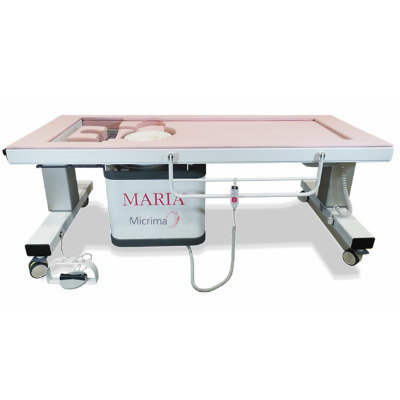
Illustration
The next generation model of a disruptive breast scanning system currently under development promises to transform the landscape of breast cancer detection.
Micrima Limited (Bristol, England) has received funding that will enable the next stage of development and commercialization of its MARIA system, a new breast imaging modality based on radio wave technology. MARIA offers new diagnostic information in dense tissue whilst requiring no breast compression or ionizing radiation exposure to the patient. This makes the system safe and comfortable for the patient and hopefully, an alternative to mammography in the future.
The array consists of 60 radio frequency antennae that surround the breast. They are configured to operate over a wide range of frequencies. Each antenna transmits and the other 59 record the signal back from the breast tissue which allows MARIA to build up a 3D map of tissue variation throughout the breast. The system is measuring signals that travel through the breast, any attenuation in this signal as well as any scatter back of the signal. The scanning process takes less than five minutes. The data is then reconstructed before being presented to the clinician as a 3D volume. In clinical trials to date MARIA has proven to locate regions that correspond to invasive breast cancer as shown by biopsy and histology.
The company now hopes to launch the 7th generation model of the MARIA radio-wave breast scanning system later this year. The latest iteration will still offer a safe system - no ionizing radiation, a comfortable system - no breast compression and a system that in clinical trials in diagnostic clinics has proven effective at accurately identifying cancer. The system has proven to be better than the gold standard in dense tissue. The new model will also offer new functionality in density score as well as improvement in accuracy and ergonomics.
Micrima, which has developed the MARIA imaging system to improve early diagnosis of breast cancer, has reached a significant development milestone with initial sales of its novel breast imaging technology. The company is now set to set to embark on a full commercial launch with distribution already established in Germany, Austria and Switzerland through an agreement with Hologic, Inc.
“This investment will allow us to move the company into the next phase with a system that has a place in a clinical workflow and more exciting functionality to come as soon as clinical data collection can recommence,” said Nick Randall, Chairman of Micrima.
“I first became aware of Micrima some four years ago and it has been really interesting to see them moving forward and overcoming their technical challenges with the development of their latest device,” added Adrian Waller, CEO of Micrima. “This latest round of funding allows us to take the new system and work on automatically classifying findings using the rich data set that it produces, which has every opportunity to transform the landscape of breast cancer detection.”
Related Links:
Micrima Limited
Micrima Limited (Bristol, England) has received funding that will enable the next stage of development and commercialization of its MARIA system, a new breast imaging modality based on radio wave technology. MARIA offers new diagnostic information in dense tissue whilst requiring no breast compression or ionizing radiation exposure to the patient. This makes the system safe and comfortable for the patient and hopefully, an alternative to mammography in the future.
The array consists of 60 radio frequency antennae that surround the breast. They are configured to operate over a wide range of frequencies. Each antenna transmits and the other 59 record the signal back from the breast tissue which allows MARIA to build up a 3D map of tissue variation throughout the breast. The system is measuring signals that travel through the breast, any attenuation in this signal as well as any scatter back of the signal. The scanning process takes less than five minutes. The data is then reconstructed before being presented to the clinician as a 3D volume. In clinical trials to date MARIA has proven to locate regions that correspond to invasive breast cancer as shown by biopsy and histology.
The company now hopes to launch the 7th generation model of the MARIA radio-wave breast scanning system later this year. The latest iteration will still offer a safe system - no ionizing radiation, a comfortable system - no breast compression and a system that in clinical trials in diagnostic clinics has proven effective at accurately identifying cancer. The system has proven to be better than the gold standard in dense tissue. The new model will also offer new functionality in density score as well as improvement in accuracy and ergonomics.
Micrima, which has developed the MARIA imaging system to improve early diagnosis of breast cancer, has reached a significant development milestone with initial sales of its novel breast imaging technology. The company is now set to set to embark on a full commercial launch with distribution already established in Germany, Austria and Switzerland through an agreement with Hologic, Inc.
“This investment will allow us to move the company into the next phase with a system that has a place in a clinical workflow and more exciting functionality to come as soon as clinical data collection can recommence,” said Nick Randall, Chairman of Micrima.
“I first became aware of Micrima some four years ago and it has been really interesting to see them moving forward and overcoming their technical challenges with the development of their latest device,” added Adrian Waller, CEO of Micrima. “This latest round of funding allows us to take the new system and work on automatically classifying findings using the rich data set that it produces, which has every opportunity to transform the landscape of breast cancer detection.”
Related Links:
Micrima Limited
Latest General/Advanced Imaging News
- Low-Dose CT Screening for Lung Cancer Can Benefit Heavy Smokers
- Non-Invasive Imaging Technique Accurately Detects Aggressive Kidney Cancer
- AI Algorithm Reduces Unnecessary Radiation Exposure in Traumatic Neuroradiological CT Scans
- New Solution Enhances AI-Based Quality Control and Diagnosis in Medical Imaging
- AI Tool Detects Cervical Spine Fractures from CT Scans
- Flat Panel Detector Speeds Up Imaging and Diagnosis

- AI Tool Accurately Predicts Stroke Outcomes After Arterial Clot Removal Using CTA Scans
- Motion Compatible Neuroimaging Device Enables Walking PET Brain Scans
- Routine CT Screening Can Identify Individuals at Risk of Type 2 Diabetes
- AI-Based Algorithm Significantly Reduce Miss Rates for Pulmonary Embolism on CT Imaging
- Next Gen Interactive Plaque Analysis Platform Assesses Patient Risk in Suspected Coronary Artery Disease
- Breakthrough Brain PET System Aids Diagnosis of Neurological Disorders
Channels
Radiography
view channel
Novel Breast Cancer Screening Technology Could Offer Superior Alternative to Mammogram
Breast cancer represents 15.5% of new cancer cases and 7% of cancer-related deaths in the United States. Approximately 13.1% of women will be diagnosed with breast cancer during their lifetime.... Read more
Artificial Intelligence Accurately Predicts Breast Cancer Years Before Diagnosis
Mammography screening helps reduce breast cancer mortality; however, its accuracy is not perfect. For decades, various strategies have been employed to enhance the interpretive performance of mammography,... Read more (1).jpg)
AI-Powered Chest X-Ray Detects Pulmonary Nodules Three Years Before Lung Cancer Symptoms
Lung cancer has one of the worst survival rates among all cancers, with more than two-thirds of patients diagnosed at an advanced stage, making curative treatment no longer viable. The issue of missed... Read moreMRI
view channel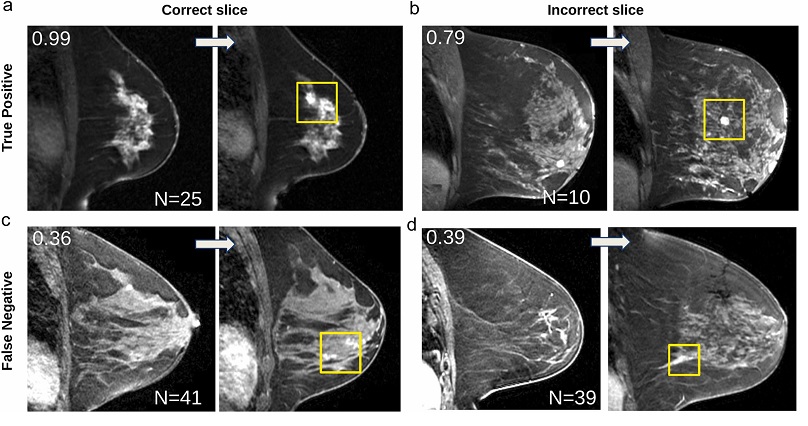
AI Algorithm Detects 30% Of Breast Cancers Missed on MRI Scans
In the United States, more than 500,000 women participate in supplemental breast magnetic resonance imaging (MRI) screenings each year. These women are considered to be at an elevated risk for breast cancer.... Read more
Groundbreaking AI-Powered Software Significantly Enhances Brain MRI
Contrast-enhanced magnetic resonance imaging (MRI) utilizes contrast agents to illuminate specific tissues or abnormalities, leading to improved visualization and more comprehensive information.... Read more.jpeg)
MRI Predicts Patient Outcomes and Tumor Recurrence in Rectal Cancer Patients
Colorectal cancer is on the rise among younger adults—those under 50—while it has been declining in older populations. It is estimated that approximately 1 in 23 men and 1 in 25 women will be diagnosed... Read more
Portable MRI System Dramatically Cuts Time-To-Scan vs. Conventional MRI in Stroke Patients
Imaging of the brain is crucial for the management of acute stroke and transient ischemic attack. Key roles of imaging include confirming the diagnosis, determining treatment eligibility, indicating the... Read moreUltrasound
view channel
Ultrasound Device Non-Invasively Improves Blood Circulation in Lower Limbs
Impaired blood circulation in the lower limbs is a common health issue among the elderly and is a significant complication of diabetes, often referred to as diabetic foot. This condition arises due to... Read more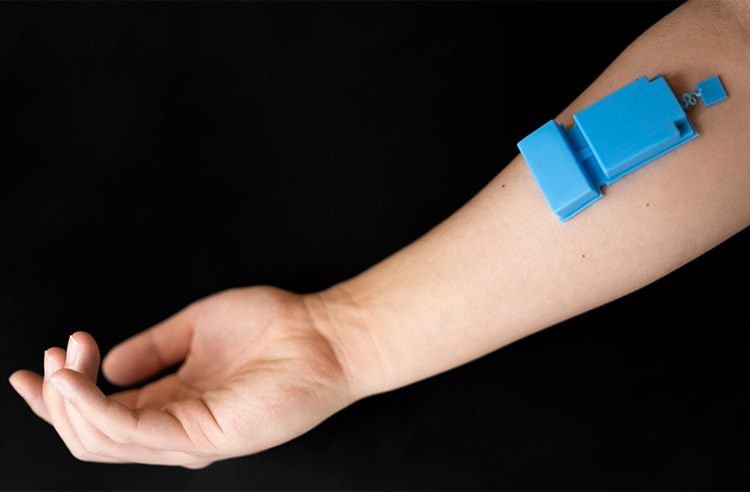
Wearable Ultrasound Device Provides Long-Term, Wireless Muscle Monitoring
Electromyography (EMG) is the current clinical standard for monitoring muscle activity, utilizing metal electrodes placed on the skin to capture electrical signals from muscles. Despite its long-standing... Read more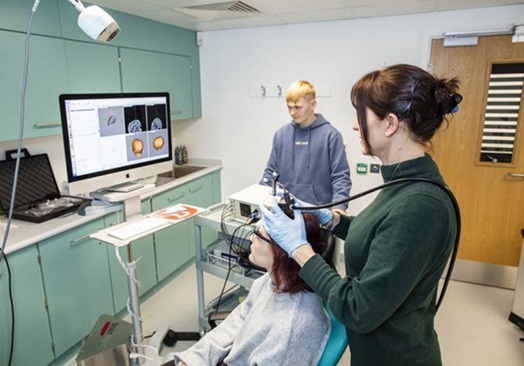
Ultrasound Can Identify Sources of Brain-Related Issues and Disorders Before Treatment
For many years, healthcare professionals worldwide have relied on ultrasound to monitor the growth of unborn infants and evaluate the health of internal organs. However, ultrasound technology, once primarily... Read moreNuclear Medicine
view channel
New Imaging Agent to Drive Step-Change for Brain Cancer Imaging
Gliomas are highly diffusely infiltrative tumors that impact the surrounding brain tissue. They represent the most prevalent type of central nervous system (CNS) neoplasm originating from glial cells,... Read more
Portable PET Scanner to Detect Earliest Stages of Alzheimer’s Disease
During a positron emission tomography (PET) scan, a radioactive tracer is injected into the bloodstream, where it accumulates in the targeted tissue and emits signals that the PET scanner detects.... Read more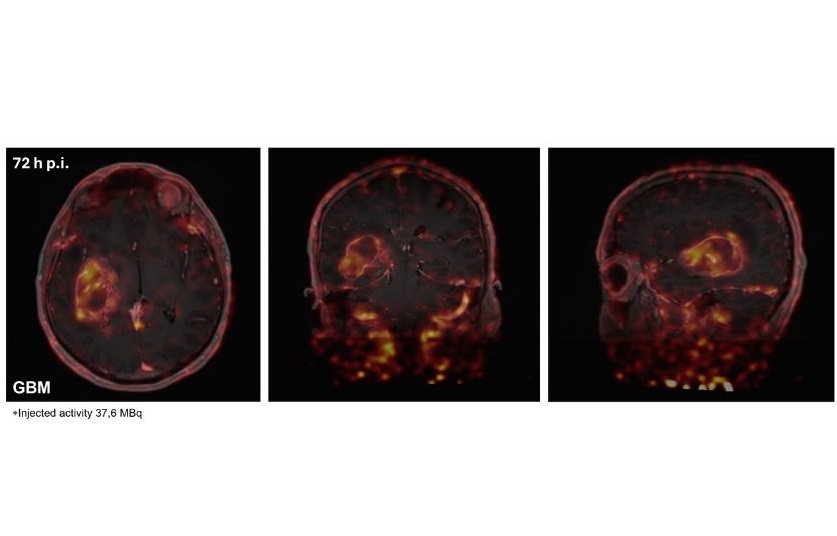
New Immuno-PET Imaging Technique Identifies Glioblastoma Patients Who Would Benefit from Immunotherapy
Glioblastoma is a type of brain tumor associated with a very poor prognosis, with average survival rates of 12 to 18 months and only 5% of patients surviving beyond five years. Research has shown that... Read moreImaging IT
view channel
New Google Cloud Medical Imaging Suite Makes Imaging Healthcare Data More Accessible
Medical imaging is a critical tool used to diagnose patients, and there are billions of medical images scanned globally each year. Imaging data accounts for about 90% of all healthcare data1 and, until... Read more
Global AI in Medical Diagnostics Market to Be Driven by Demand for Image Recognition in Radiology
The global artificial intelligence (AI) in medical diagnostics market is expanding with early disease detection being one of its key applications and image recognition becoming a compelling consumer proposition... Read moreIndustry News
view channel.jpg)
Mindray Partners with TeleRay to Streamline Ultrasound Delivery
Mindray (Shenzhen, China), a developer of technologies and solutions for patient monitoring, anesthesia, and ultrasound, has formed a strategic partnership with TeleRay (Austin, TX, USA), a virtual care... Read more.jpeg)
Philips and Medtronic Partner on Stroke Care
A stroke is typically an acute incident primarily caused by a blockage in a brain blood vessel, which disrupts the adequate blood supply to brain tissue and results in the permanent loss of brain cells.... Read more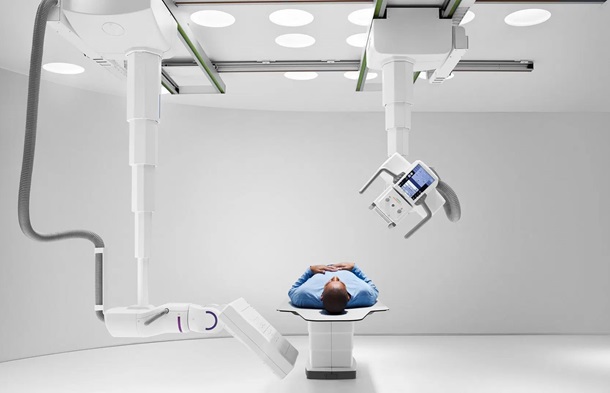













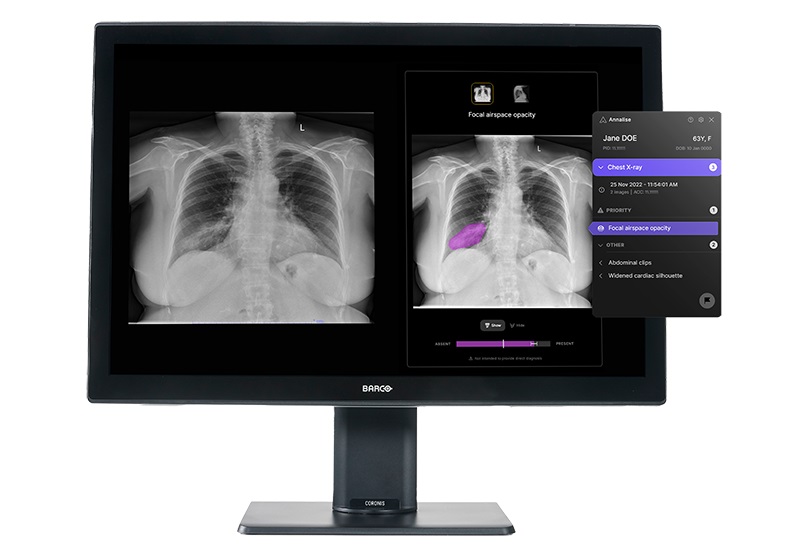
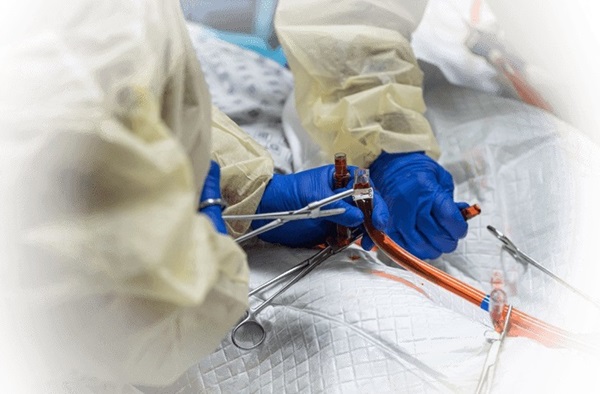
.jpg)


